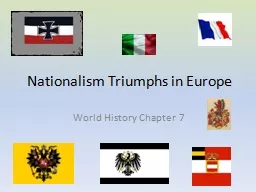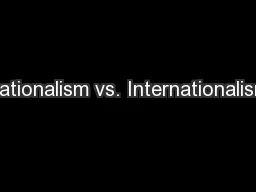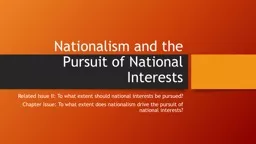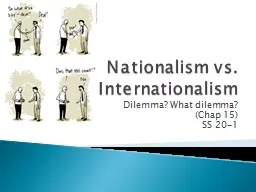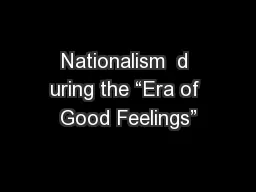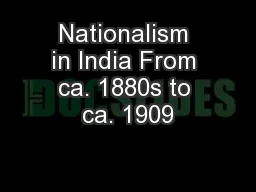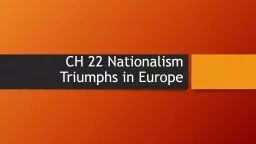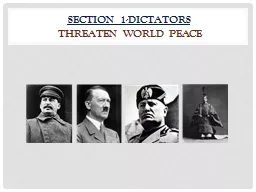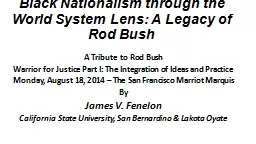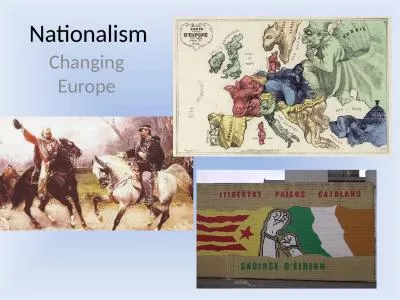PPT-Nationalism Triumphs in Europe
Author : briana-ranney | Published Date : 2016-03-30
World History Chapter 7 Building a German Nation Taking Initial Steps Towards Unity In the early 1800s Germany existed as many smaller provinces from counties to
Presentation Embed Code
Download Presentation
Download Presentation The PPT/PDF document "Nationalism Triumphs in Europe" is the property of its rightful owner. Permission is granted to download and print the materials on this website for personal, non-commercial use only, and to display it on your personal computer provided you do not modify the materials and that you retain all copyright notices contained in the materials. By downloading content from our website, you accept the terms of this agreement.
Nationalism Triumphs in Europe: Transcript
Download Rules Of Document
"Nationalism Triumphs in Europe"The content belongs to its owner. You may download and print it for personal use, without modification, and keep all copyright notices. By downloading, you agree to these terms.
Related Documents

